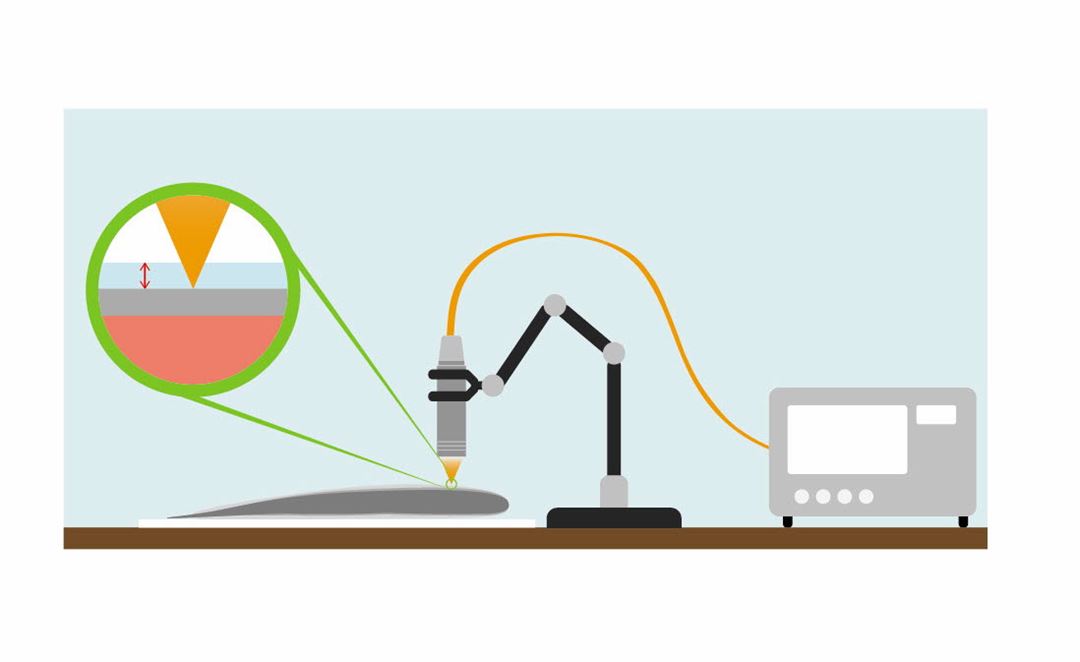The mucosal layer is an essential part of the immune system of teleost fish. It is a living and interactive layer which covers the skin, the gills and the guts of the fish, and serves as the first barrier between the fish and its environment. Fish skin mucus is multifunctional, and among others protects against pathogens and diseases, contributes to osmotic regulation and reduces water friction.
The thickness of the mucosal layer of Atlantic salmon can be affected both by the environment of the fish and by handling operations. Toxic substances, stressors or pathogens can lead to an increase in thickness due to mucus secretion, while handling operations such as mechanical delousing is believed to lead to a decrease in mucosal thickness. As the state of the mucosal layer is connected to the health of salmon, it could represent an important parameter which can help the aquaculture industry to improve the welfare of fish.
As of today, there exists no commercially available methods for objective and direct measurement of mucosal layer thickness. State-of-the-art quantification and analysis of the mucosal layer is done remotely by histological samples. Although this method can produce helpful data, it is insufficient in a time-critical and operational context.
The project will aim on developing new methods for measuring the mucosal layer thickness in an operational context. Particularly, an existing confocal chromatic sensor for optical measurement of transparent layers will be modified and tested in a new setting, with the potential of direct measurement of the mucosal layer thickness. Furthermore, the developed methods will be validated in full-scale experimental field trials. Finally, the project will expand the knowledge on the effect that various handling operations, such as crowding and delousing, have on the mucosal layer of Atlantic salmon.
Goals
Main objective
Development and validation of new tools and methods for quantifying the thickness of the mucosal layer of Atlantic salmon.
Secondary objectives:
- Validate if the thickness of mucosal layer of salmon can be accurately and objectively measured by optical sensors.
- Develop and implement a prototype to a field set-up for measurement of mucosal layer thickness at aquaculture sites.
- Experimentally investigate if the thickness of the mucosal layer of salmon is varying during stress from handling/delousing operations through small scale experiments and field experiments.
What can be done differently?
Measuring mucus over a larger area of the fish will give a more accurate average. This will significantly improve measurements in various cases such as monitoring of mucus thickness after vaccination or delousing.

